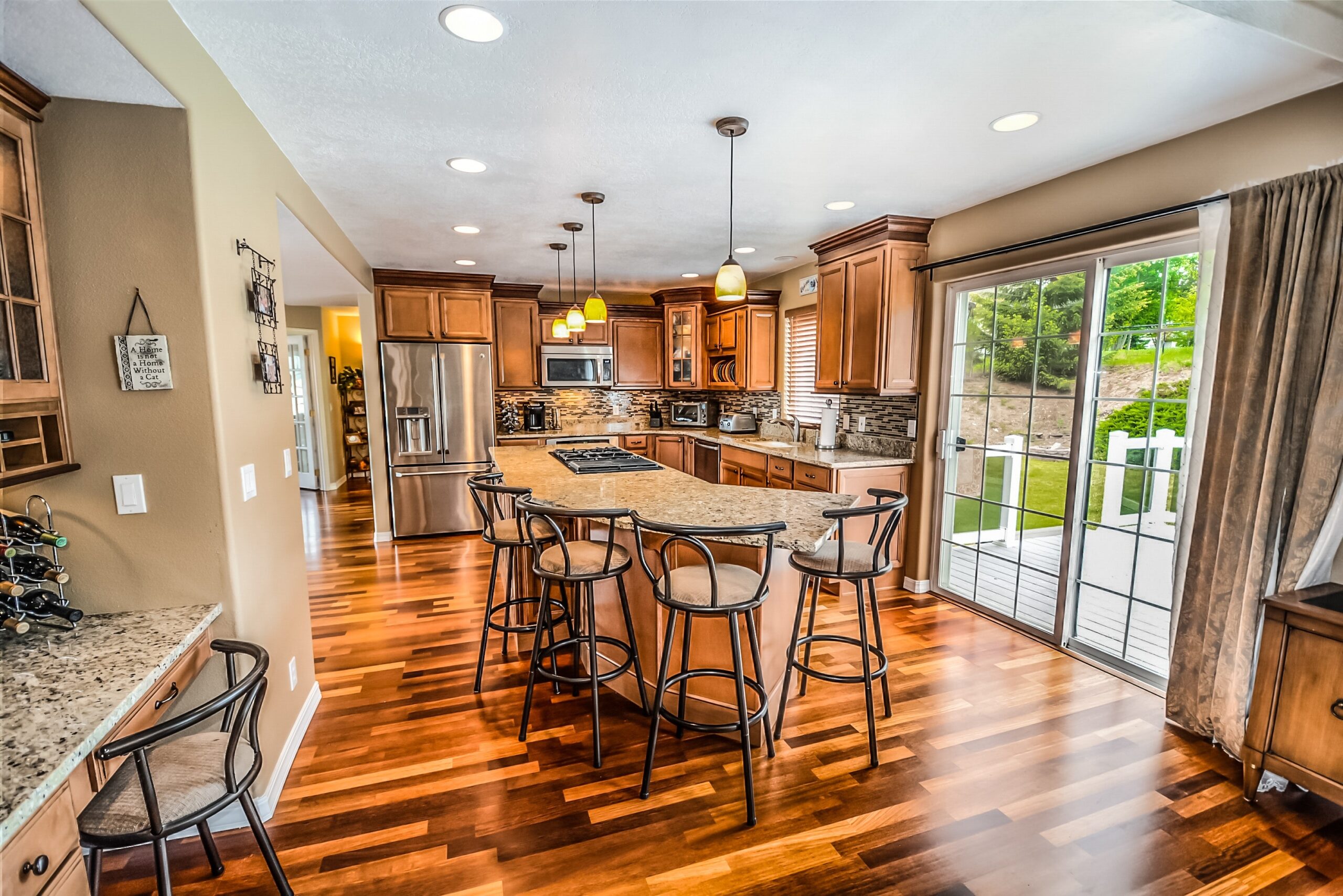Tips for Ensuring Clients Don't Experience Buyer's Remorse
Even though bidding wars are beginning to subside and asking prices are leveling out, homebuyers are still making big sacrifices. The risk of buyer's remorse is high -- but here are four things you can encourage your buyers to do to avoid it:
- Create a list of wants vs. needs so they can quickly spot a home that crosses off most of their "must-haves."
- Don't forgo everything on their wish lists. Sacrificing too much could land them in an unsatisfying home. Instead, urge them to search longer or even take a pause for a few months rather than settle.
- Don't waive contingencies or decline certain protections, like a home inspection.
- Buyers may be approved for a specific loan amount but not truly able to afford it. Persuade buyers to create a monthly budget that accounts for their mortgage and other expenses.1
Best Lead Source Continues to be from Repeat and Referral Business
A new survey, the first since 2018, reveals that most real estate inquiries came from repeat and referral business in 2020, with 30% of broker business coming from this source. Conversely, open houses generate less than 1% of business. This decline is more than likely due to the pandemic and people avoiding in-person events. On the other hand, leads from websites and social media remain steady. Another interesting change from 2018 is that 10% of firms believe their competition comes from virtual brokerages, compared to 5% in 2018. However, 50% of all firms still believe their primary source of competition is traditional brick-and-mortar large franchise firms.2
Prefab Properties are Going High-End
The demand for luxury modular homes has increased since the pandemic, as more homeowners embrace prefabricated properties due to the speed of development. Recently, a seven-bedroom, nine-bathroom, modular home in Bridgehampton, N.Y., sold for over $4 million. Manufacturers create modules in a factory and deliver them to the homesite by truck. There, a crane places them on the foundation, where workers then assemble it. Because the foundation and site preparation work happens concurrently with the factory's fabrication of the blocks, the construction process is much faster than the traditional method of building. Here are 3 things to consider with prefabs:
- Modules must comply with size and weight regulations for transport. This could affect the ability of the modules to reach your buyer's site.
- Once the factory starts to build the modules, changes can't be made. While this is restrictive, it helps keep production on schedule.
- The cost of a module ranges from $250 to $350 a square foot, including all interior finishes. That price doesn't include siding, roofing, decks, on-site connections, HVAC, transportation of the modules, and installation. These additional costs account for 60%-120% of the modular price. Your client will also need to pay for the land, foundation, and site work required before construction.3
A Significant Barrier to Homeownership
Among non-homeowning Millennials, 60% say college debt is preventing them from buying a home. That percentage rises to 72% when asking all generations. Frequently, these individuals find themselves caught between paying down their student loan debt and major life decisions, such as saving for retirement, buying a home, or getting married. Housing affordability and low inventory are also contributing factors. A few ways to address this barrier include the following:
- Expand financial education, so borrowers understand the impact of choosing to finance their education.
- Provide student debtholders more opportunities to refinance and consolidate.
- Expand employer tax breaks for those who assist employees with student debt.4
Break into High-End Real Estate by Selling Just Below the Luxury Threshold
If you're struggling with serving more affluent clients or winning luxury listings, there's a unique strategy that can get your foot in the door. Start by selling at a price point just below your market's upper-tier - even if you have no prior experience with this niche. To get started, find the middle ground between the highest price point you've sold in and what is considered luxury in your market. For example, if $1 million homes represent the minimum threshold for luxury real estate, and you've only sold homes up to $500,000, then aim for homes around $750,000. Starting at this price point will enable you to draw on your experience with $500,000 homes while also building your luxury real estate marketing skills. And, considering most real estate agents don't want to spend extra money marketing their listings, your high-end marketing is more likely to stand out and get your listing sold quickly. In addition, when you start selling homes at a price point just below luxury, you'll often find that clients who return to you will want an upgrade that takes them into the luxury market, which, in turn, will take you right into the luxury real estate market with them.5
Sources: 1inman.com, 2housingwire.com, 3wsj.com, 4themreport.com, 5rismedia.com


Recent Comments